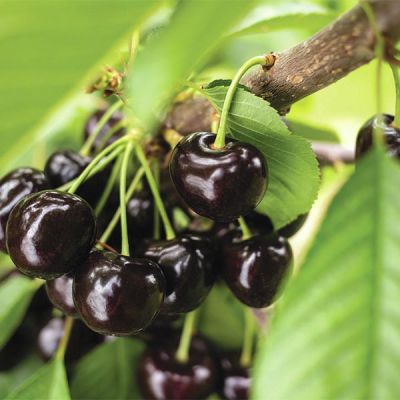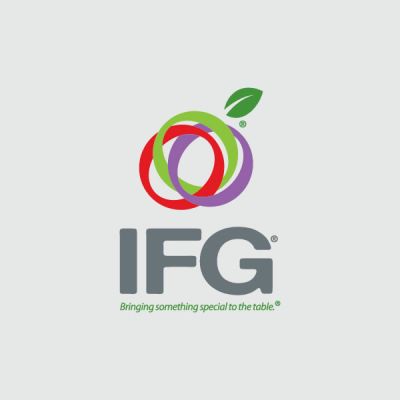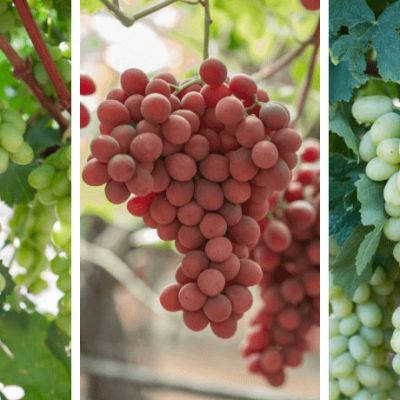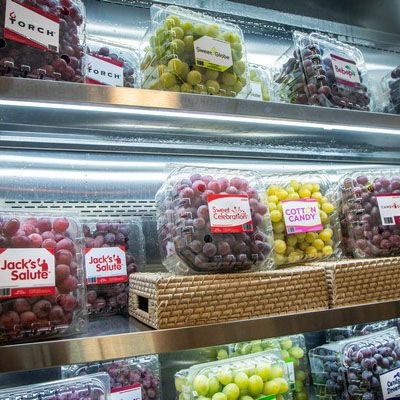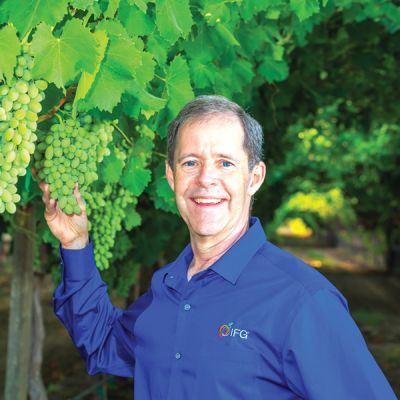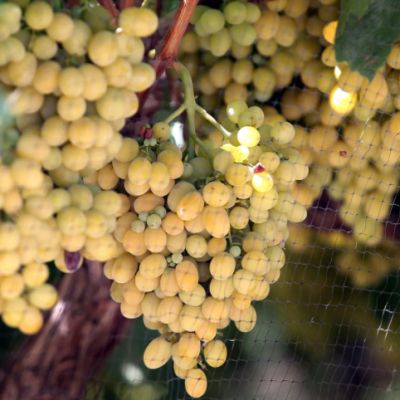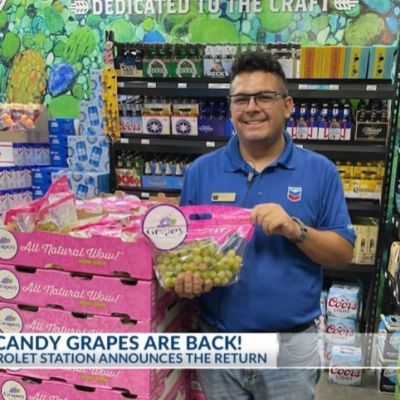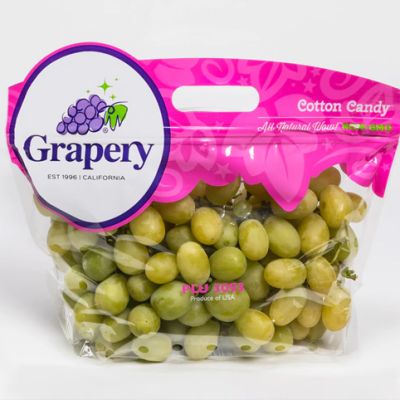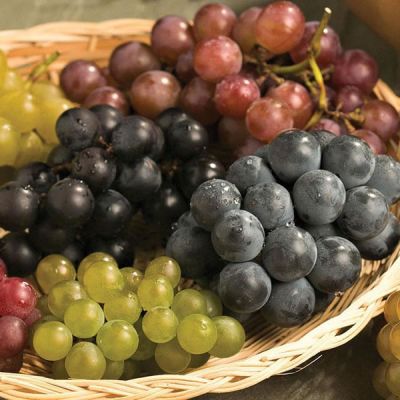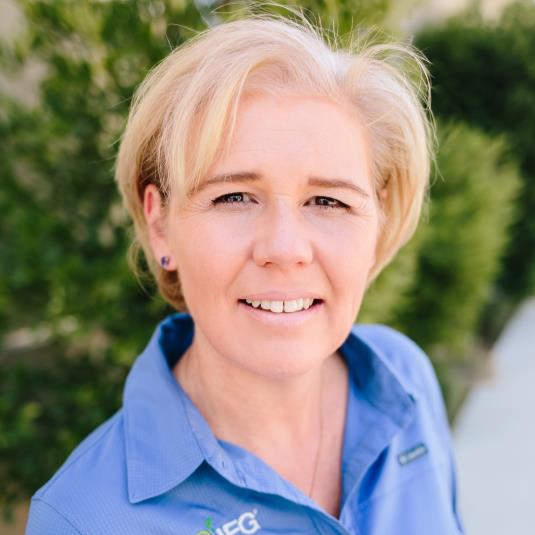Protecting decades of research
Plant breeders rights are an essential tool for safeguarding intellectual property, including cherry varieties subject to extensive development.
October 30, 2021 | By Jeff Long
Intellectual property (IP) is usually associated with software or other inventions protected by patents and copyrights. IP rights also extend to agriculture, where decades of costly research and development by plant breeders are protected from piracy by international law.
Known as plant breeder rights – or PBRs – these protections grant exclusive control over propagated material such as seeds, plant cuttings and tissue culture for a period of time.
With these rights, breeders can choose to license their new varietals to outside agencies or market them directly. Here’s an introduction to two of the leading North American-based breeders of sweet cherries.
COVID-19 and The Produce Industry: The Great Accelerator
October 27, 2021 | By Jim Prevor, Produce Business
As I thought of what to write about the situation that we, as an industry and as a people, have gone through during our interaction with COVID-19, my first inclination was to look at the experience as a kind of Great Collaboration. Early in the pandemic, we interviewed Michael Muzyk of Bronx, NY-based Baldor, and he told us of how his company had pivoted to survive the pandemic.
One of the examples he gave was how his company, flush with warehouse capacity and trucks when restaurants closed down, came to the aid of Acme, whose own warehouses and trucking capabilities were overwhelmed by the need to handle pandemic supplies and consumer hording of canned goods and other products.
Efforts such as these were inspiring, and similar stories were happening throughout the industry. Yet as useful, indeed inspiring, as many of these efforts were, they seemed more improvisational, fitting the moment, not rewriting the future.
Uve IFG: sapore ed esperienza gustativa
October 26, 2021 | uvadatavola.com
Con l'agronomo Pietro Scafidi, referente IFG per l’Italia, scopriamo gli elementi caratterizzanti delle varietà IFG e gli obiettivi che il breeder si pone per il prossimo futuro riguardo il nostro Paese.Con l'agronomo Pietro Scafidi, referente IFG per l’Italia, scopriamo gli elementi caratterizzanti delle varietà IFG e gli obiettivi che il breeder si pone per il prossimo futuro riguardo il nostro Paese.
L’offerta varietale di IFG in Italia è vasta. Tra le varietà a bacca bianca c’è la Sweet GlobeTM (var. IFG Ten) e la Sugar CrispTM (var. IFG Eleven): in ambiente pugliese Sweet GlobeTM raggiunge la completa maturazione nella prima settimana di settembre, Sugar CrispTM matura dopo la seconda settimana di settembre. La Sweet GlobeTM presenta bacca tonda, a volte ovale, è caratterizzata da una elevata croccantezza e la buccia ha colore crema. La Sugar CrispTM, ha una bacca allungata e presenta una buona consistenza. Se esposta alla luce solare può raggiungere una colorazione gialla, mentre se protetta dalla luce mantiene una colorazione verde/crema. Entrambe le varietà hanno un’eccellente capacità di conservazione se correttamente gestite durante le fasi di (1) coltivazione (in particolare durante la gestione del carico produttivo e degli ormoni per l’ingrossamento della bacca) (2) raccolta e (3) post-raccolta.
Trends in the snacking category influence our table grape breeding process
September 15, 2021 | By Marieke Hemmes, FreshPlaza.com
Creating an incredible eating experience. That’s the mission of table grape breeding company IFG. “We start with the consumer and then work our way backwards,” says Andy Higgins, the company’s CEO. “If we can’t create an incredible eating experience for the consumer, we feel we’ve failed,” he added.
During the breeding process, the company tracks 45 different traits. Berry weight, yield, disease resistance, and storability are some key characteristics. “However, from a consumer perspective we also look at how well the grape accumulates sugar and what the eating profile is at maturity. In that process, the company heavily relies on consumer panels and internal testing teams.”
Snacking category
It takes about 10 years to develop a new grape variety and once planted, it takes a couple more years for the fruit to be sold commercially. “That brings us to one of the biggest challenges our R&D team is faced with. We need to predict what consumer eating trends are going to be 10 years down the road,” Higgins commented. With that in mind, the company constantly follows consumer trends and tries to understand demographics. “We’ve learned that younger consumers are looking for things to eat that are sweeter, requiring us to look at trends in the snacking category. These trends have taught us that among younger consumers, there is room for flavored varieties like Cotton Candy™.”
Beyond the vine: Breeding better grapes
August 19, 2021 | By Andy Higgins, CEO of IFG
Last year, Mintel released its robust market research report on how today's consumers approach nutrition. Among various diet assessments, eating habits and affordability, the findings revealed that even the most discerning consumers valued taste above all. Providing consumers with an incredible eating experience is IFG's mission statement, which proves that we as innovative breeders are on the right path, based on Mintel's report.
With so many options in supermarkets today, most consumers have multiple brands to choose from that meet their nutritional and budgetary requirements. What Mintel's report does for us, however, is give consumer insight that supports why many fruit-breeding companies focus more on innovating new and diverse flavors to appeal to consumers' preferences. Buying fresh produce is high on the demand for consumers. Most importantly, the produce section provides consumers with more choices and inspiration to be creative by trying new textures, flavors, or recipes to feed themselves or their families. As a breeding company, we are focused on taking our consumers on that creative culinary journey, so they return to the store for more.
THE DISH: Satisfy sweet tooth with Cotton Candy grapes
August 12, 2021 | BY STEFANI DIAS
It's that time of year for grape lovers: The sweet, Cotton Candy variety is now in stores around town.
Sweet Surrender, a longtime supporter of the healthier dessert option, has The Grapery fruit in stock now at its store at 6439 Ming Ave., Suite B.
Sully's convenience stores are also stocking the grapes, joking on Facebook that they are "up to our ears with Cotton Candy grapes."
The local chain has locations at 2317 L St. (638-0310), 6009 Coffee Road (615-6210), 11400 Ming Ave. (847-9730), 6601 Ming Ave.(831-1270), 9709 Olive Drive (695-9709) 250 Coffee Road (885-9705) and 4833 Buena Vista Road (885-6024). Call to check for availability of grapes at specific locations.
Locally-grown Cotton Candy grapes are back
August 12, 2021 | By: Marisel Maldonado
BAKERSFIELD, Calif. (KGET) — Grapery’s Cotton Candy-flavored grapes are back on store shelves at Sully’s Chevron locations in Bakersfield.
Sully’s announced on social media that the Cotton Candy grapes will be available while supplies last at Sully’s Chevron locations and Sweet Surrender. Grapery teamed up with fruit breeder International Fruit Genetics to create the sweet flavor. The grapes are harvested right here in Kern County.
Sweet! It’s Cotton Candy grape season
August 10, 2021 | By Ann Trieger Kurland
The first bite of a Cotton Candy grape is a revelation: just like the sugary carnival treat for which they’re named, these grapes have pronounced vanilla and burnt caramel flavors. The fun fruit is a hybrid of Concord and green grapes, created through cross breeding (and are non-GMO) by horticulturist David Cain and his team in Bakersfield, Calif.
The resulting flavor was not intentional, says Jim Beagle, CEO at Grapery, the Bakersfield company that grows and ships the grapes.
Grapery introduced the Cotton Candy grape to the East Coast over five years ago. “The flavor has become even more pronounced and consistent over the years,” says Beagle. He explains that since the grapes are hand-harvested and the workers have also gained experience in choosing ones that have reached their peak, current yields have the most intense flavor.
Future table grapes will be more than tri-colored
July 22, 2021 | by Lee Allen
When it comes to table grapes of the future, they “won’t just be red, green, or black anymore,” says Andy Higgins, CEO of International Fruit Genetics in Bakersfield.
“If you look at apples, they’re sold by name and consumers have preferences,” he says. “Potatoes are sold by variety name and who would have thought 20 years ago that that would have been the case. It’s part of a trend that consumers want product choices.”
IFG seeks to do its part as a breeder of innovation, admitting that not all discoveries are winners and some turn out to be like the auto industry’s Edsel. “You can’t predict everything and new products get tested in grower trials, with marketers, and ultimately with consumers who vote with their pocketbook.”
The history of growing fruit
July 15, 2021 | by Chris Owens
The fruit industry has dramatically changed over the last 20 years.
IFG (International Fruit Genetics) showed that a table grape could be so much more, providing a new and interesting consumer experience with the Cotton Candy grape. During the past 20 years, there has been a steady increase in the growth of proprietary fruit breeding programs and we have been very successful by placing a greater emphasis on consumer acceptance of our new varieties.
How has fruit breeding changed?
Taking the table grape and making it not just an option at the store, but something that consumers seek out is a huge change in the industry.

